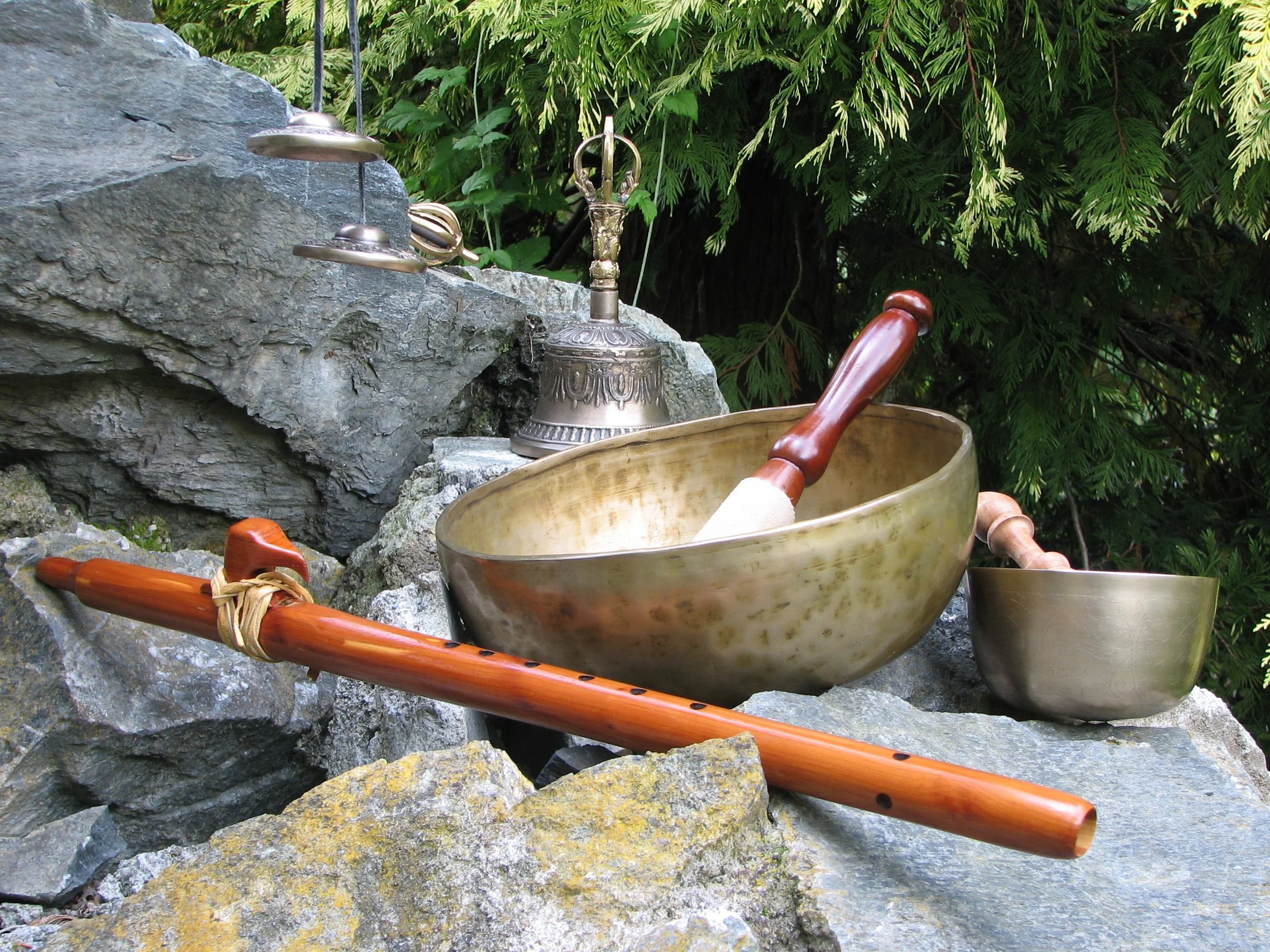
What is RST?
Resonant Silence Technique® (RST) is a new rehabilitative treatment approach for adults with dementia. RST creates what has been described as a calming and peaceful atmosphere through the synergy of certain aspects of sound and periods of silence that are observed after each of the sounds has been allowed to slowly and completely fade.
Silence has been found to be relaxing and therapeutic, restoring equilibrium and reducing brain wave frequency while lowering blood pressure, heart and respiratory rates. Reducing brain wave frequency brings deep relaxation to the body and quiets the mind which is essential for dementia relief and healing.
People with dementia have a highly overactive mind and are hyper sensitive to stimulus. This makes them often painfully sensitive to the chaos within their own mind and the environments in which they live. A wildly overactive mind makes living with oneself extremely painful and at times intolerable. This is why people with dementia try to leave themselves or shut themselves off from their own consciousness as they attempt to distance themselves from themselves. This process is not done consciously but it is a reaction of one part of the mind to an intolerable situation. Something similar to this happens when a person is traumatized and one part of their consciousness splits off from the rest of their mind. This can manifest as disassociation and schizophrenia.
Being hyper sensitive to external stimuli makes living in the often noisy environments of skilled nursing facilities, memory care centers and hospitals extremely stressful. This is another reason why people with dementia shut down, trying desperately to leave the environments in which they live.
Using subtle sound and silence to quiet the mind of those with dementia makes it safe for them to return to themselves and begin their process of healing. I have seen people weep in my RST Dementia sessions from the sheer relief of finally being still and peaceful.
The early seeds of RST arose from my childhood anxiety around large groups of people and loud noises and my attempts to help myself. To comfort myself I sang calming prayerful song and chant, went into the mountains and started meditating. Singing chant, being in nature and meditating led me into silence which I developed a deep appreciation for. This silence provided me a much needed inner refuge.
Later, I learned to play instruments that also calmed me like the Native American cedar flute, bowed psaltery and guitar. Then, I added Tibetan singing bowl and ting-shas (small, rounded chimes), both of which helped me greatly to enter my own comforting inner stillness.
Once I was practicing these beautiful ways to calm and quiet my mind, body and spirit, I realized that others could also benefit from these practices. And out of this wish to help others came the inspiration for RST. I explain the full process that led to the development of RST in my new book “Quieting Dementia: The Silent Key to Dementia Relief“
An interview with Miriam on RST
When the body's equilibrium is restored and the mind is quieted, a person with dementia feels welcome inside themselves again. And when they feel comfortable within themselves again, they return to their own consciousness or self awareness and recover their soul.
This is why RST stands at the intersection of science and spirituality. As RST helps the brain, consciousness and body to improve, people with dementia find their spirit again. And now, reunited with their spirit, their joy, enthusiasm and will to live returns. As people with dementia recover their spirit they become more and more fully present and begin to recognize others and show care and compassion for them.
RST endeavors to change the understanding of what those with dementia need in order to heal. One of RST's goals is to show how silence, quiet mind and subtle sound contributes to the relief and healing of those with dementia.
RST can also be used as a daily meditative practice for inner stillness, abiding peace and bliss.